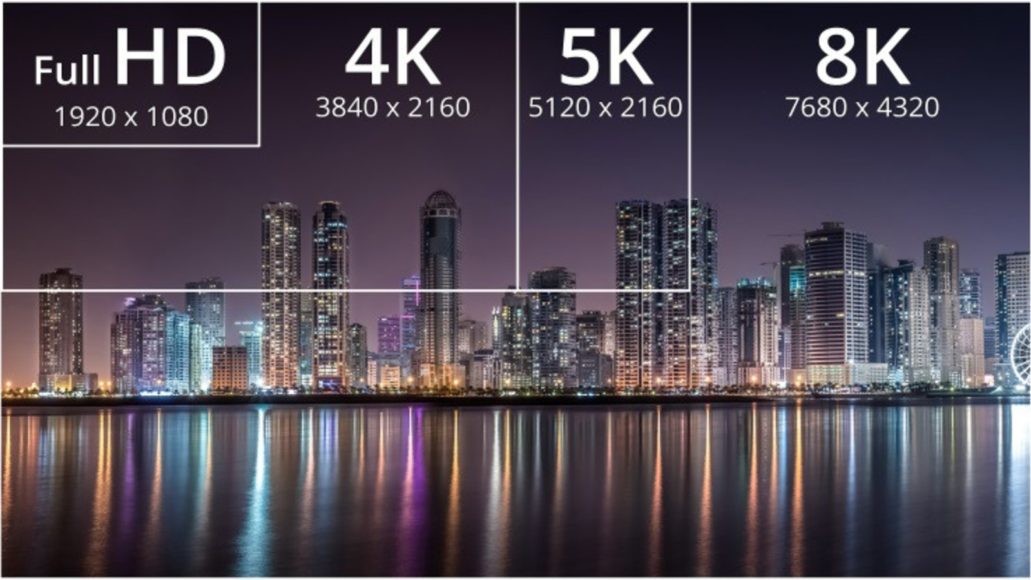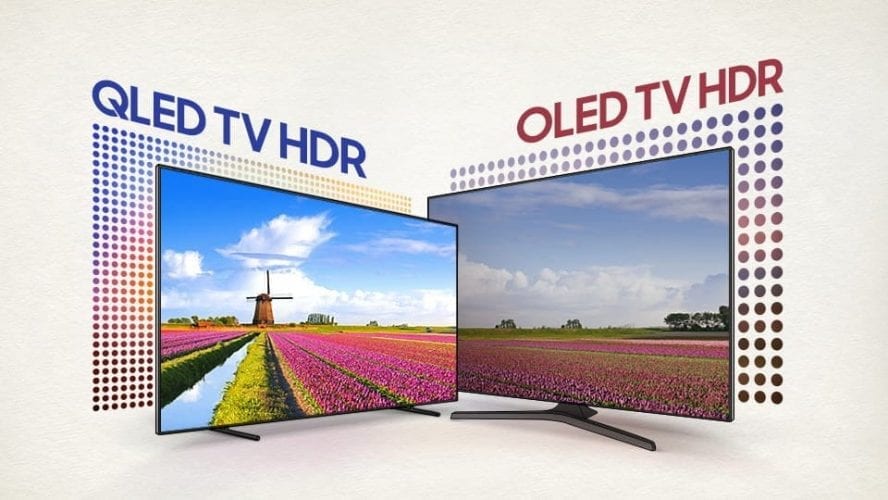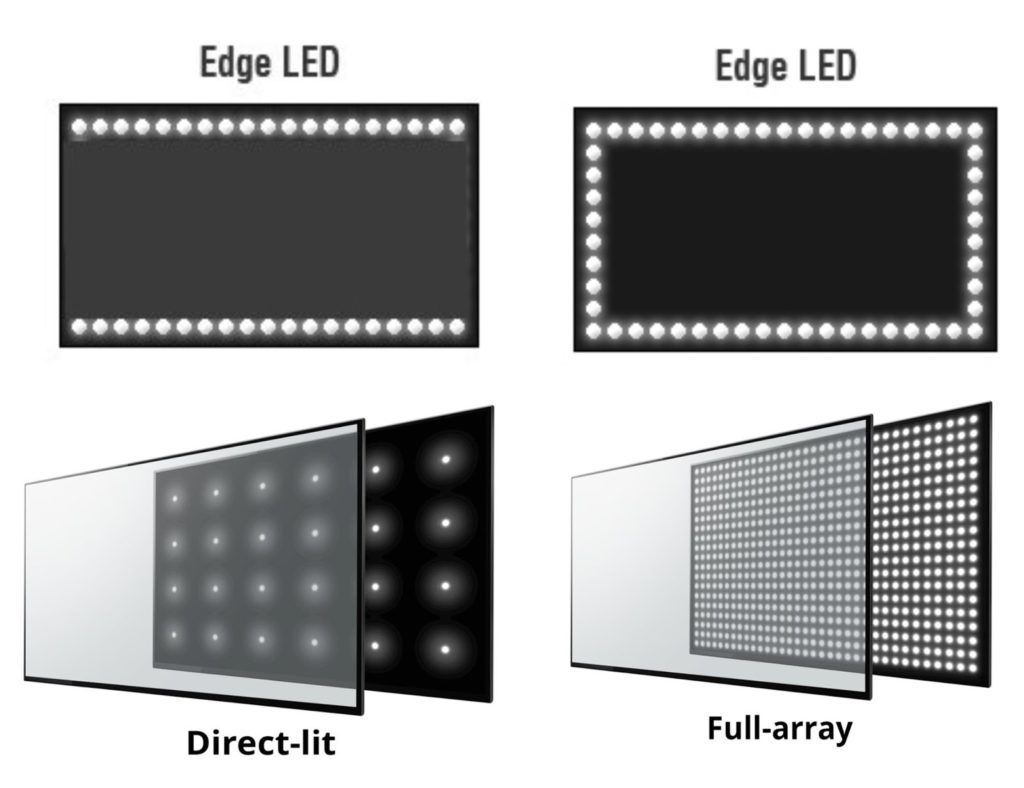By 2026 nanotech will be pervasive in medicine, manufacturing, electronics, and more. Self-driving cars are on the roads. The Internet of Things (IoT) connects 50 billion devices. Artificial intelligence is everywhere. Robotic surgery is routine. From Google glasses to implantable technology, technology is embedded in our lives.
Page Contents:
Self-Driving Cars on the road and Flying Cars
![12 New Technology Trends To Look Out For In [year] 1 Self Driving Electric Car](https://techvaz.com/wp-content/uploads/2022/03/self-driving-electric-car.jpg?x95636)
Nanotechnology, Robotics, and Biotechnology will be at the core of self-driving cars. Many cars will be electric rather than gasoline-driven giving them greater speed and range compared to conventional cars. Electric engines are easier to maintain and have fewer moving parts.
Computers and sensors do much of the driving. Driving becomes safer as human error due to fatigue, distraction, and other factors is eliminated. Cars are going to speak with one another and transfer messages like position and speed, which will help to minimize traffic issues and fatalities.
Self-Flying Helicopter
![12 New Technology Trends To Look Out For In [year] 2 Self Flying Helicopter](https://techvaz.com/wp-content/uploads/2022/06/self-Flying-Helicopte.webp?x95636)
Artificial Intelligence (AI) will be everywhere. Siri, Google Assistant, and Amazon Echo are becoming commonplace. Law enforcement agencies employ facial recognition. AI devices will learn more about us every day as they listen to our conversations, watch what we do, and study our habits; they will know us better than we know ourselves.
Most of the time, AI’s will be hidden in our appliances, cars, laptops, or phones, quietly doing their jobs until they are needed for complex tasks like driving a car or translating languages on demand. AI is already being used for health care applications, including diagnosing diseases earlier than might have been possible otherwise.
12 New Technology Trends for 2021
Quantum Computers
![12 New Technology Trends To Look Out For In [year] 3 Quantum Computers](https://techvaz.com/wp-content/uploads/2021/11/Quantum-Computers.jpg?x95636)
A quantum computer is a computing system that performs operations on data by directly using quantum mechanical processes such as quantum entanglement. They vary from transistor-based binary digital electronic computers. Unlike traditional digital computing, which needs data to be encoded into binary digits (bits) that are always in one of two definite states (0 or 1), quantum computing employs quantum bits that may be in vibrational modes of states.
Artificial General Intelligence
![12 New Technology Trends To Look Out For In [year] 4 Artificial General Intelligence](https://techvaz.com/wp-content/uploads/2021/11/Artificial-General-Intelligence.webp?x95636)
Artificial intelligence is a potential part of ai capable of doing any intellectual job that a person can. It’s a key objective of some AI research and a hot issue among sci-fi authors and visionaries. Some researchers refer to this AI as a strong AI while noting that it still needs to be built.
Others treat AI as a theoretical concept worthy of study but not yet capable of meeting the criteria associated with strong AI or even generally intelligent AI, such as passing the Turing test or having a positive impact on society.
Human-Level AI
![12 New Technology Trends To Look Out For In [year] 5 Human Level Ai](https://techvaz.com/wp-content/uploads/2021/11/Human-Level-AI.png?x95636)
Artificial general intelligence is an emerging field of study that involves creating machines capable of perceiving the world, thinking, and learning the same way as a human being. While computers are already performing tasks that require logic and critical reasoning, these functions were performed by people last century.
Computers have been used to solve complex equations since the 1940s, but now researchers believe they will soon be able to mimic all aspects of human thought processes.
3D Printing
![12 New Technology Trends To Look Out For In [year] 6 3d Printing](https://techvaz.com/wp-content/uploads/2021/11/3D-Printing.png?x95636)
The technology behind 3D printing has been around for years, but prices still remained high until recently, with most businesses using it for prototyping new products rather than production runs due to lower accuracy rates from more affordable printers.
The technology is becoming increasingly popular for consumers who want to create unique or customized products in their own homes.
In recent years prices have been dropping rapidly, and this trend will continue speeding up the rate at which these machines are being used in a growing variety of applications.
DIY Biology
![12 New Technology Trends To Look Out For In [year] 7 Diy Biology](https://techvaz.com/wp-content/uploads/2022/06/DIY-Biology.jpg?x95636)
Biotechnology has traditionally been a very expensive activity involving significant regulatory overhead, but this is starting to change with the availability of do-it-yourself kits that allow people to experiment with DNA in their own homes.
However, biotechnology also has many applications outside the lab, and at present most of these are still prohibitively expensive. Nevertheless, as prices fall, it will become practical for consumers to use them in their own homes.
Predictive Analytics
![12 New Technology Trends To Look Out For In [year] 8 Predictive Analytics](https://techvaz.com/wp-content/uploads/2022/06/Predictive-Analytics.webp?x95636)
Predictive analytics is a process that uses data mining, statistics, and machine learning to produce information that helps companies make better decisions. This technology has been used extensively within corporations for some time, but now they are making their way out into the real world with devices such as Google’s smart contact lenses used to monitor blood glucose levels of diabetic patients or self-driving cars programmed using predictive analytics.
Big Data
![12 New Technology Trends To Look Out For In [year] 9 Big Data](https://techvaz.com/wp-content/uploads/2022/06/big-data.jpg?x95636)
Big data is a term used to describe the large volumes of data generated by sensors, devices, and other sources, which are overwhelming traditional computer processing systems. As this data is generated in real-time, it can be analyzed to make predictions about future events.
As more businesses realize the benefits of big data on their bottom line, they will increase the size of their own datasets by incorporating additional sources.
Personal Assistants
![12 New Technology Trends To Look Out For In [year] 10 Personal Assistants](https://techvaz.com/wp-content/uploads/2022/06/Personal-Assistants.webp?x95636)
Advances in both cloud computing and artificial intelligence have allowed companies such as Google, Apple, and Microsoft to create virtual personal assistants for smartphones that offer users a free service that was previously only possible using costly in-house systems.
Other specialists such as Magic are using crowdsourced human intelligence to offer customers an affordable alternative to superior virtual assistants.
Robotics
![12 New Technology Trends To Look Out For In [year] 11 Robotics](https://techvaz.com/wp-content/uploads/2022/06/Robotics.jpg?x95636)
Robotics technology is currently used extensively within the industry but is also available for use in the home. Many of these devices mimic human movements and functions, while others perform tasks that humans would find difficult or impossible.
As robots become more capable, they will be able to perform tasks requiring higher levels of dexterity and decision-making. These machines will be able to interact with us on a much more personal level allowing us to delegate repetitive or dangerous tasks to them.
3D Printed Car
![12 New Technology Trends To Look Out For In [year] 12 3d Printed Car](https://techvaz.com/wp-content/uploads/2022/06/3d-Printed-Car.jpg?x95636)
The first working car built using a 3D printer was unveiled in May 2014 by a Dutch company, Eijcovaco. Although only a concept design, the chassis is made from carbon fiber and resin, allowing it to be both light and strong while still retaining the functionality of traditional components such as steering wheel, brake pedal, throttle, etc. The machine also incorporates designs for removable seats that can be customized according to the driver’s needs.
As technologies move forward, the cost will continue to come down, making it cheaper for individuals to print cars at home than buy them ready-made.
Flying Drones
![12 New Technology Trends To Look Out For In [year] 13 Flying Drones](https://techvaz.com/wp-content/uploads/2022/06/Flying-Drones.webp?x95636)
Drones are being used for a wide variety of tasks that require both payload and flight time not currently possible by traditional aircraft. They have been used in the military for some time, but now commercial companies are beginning to explore opportunities, particularly within farming, where they can be used to monitor crops, create detailed 3D models of landscapes and track the movement of livestock.
Although there are several different types their most iconic form is that of an unmanned aerial vehicle (UAV) that can be remotely controlled or self-piloted.
Virtual Reality
![12 New Technology Trends To Look Out For In [year] 14 Virtual Reality](https://techvaz.com/wp-content/uploads/2022/06/Virtual-Reality.jpg?x95636)
Virtual reality (VR) is a computer-generated simulation of an environment allowing users to experience and interact with a three-dimensional world through the use of devices such as Oculus Rift.
Virtual Reality technology allows businesses to create new products and services by simulating real-life use cases prior to launch. It also allows companies to educate and train employees in a more interactive and personal way than traditional methods.
Final Thoughts
Most of the technologies listed above are already in use by businesses, and some have filtered down into our day-to-day lives. As they become more widely adopted, the impact they will have on business, society, and ourselves will become ever more apparent.






